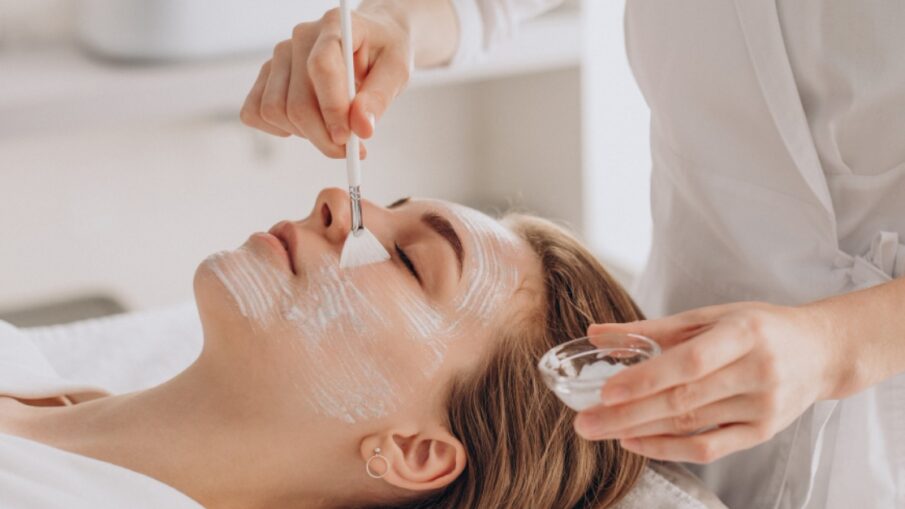Chemical peels have become a popular cosmetic prx t33 peeling procedure in recent years, offering a myriad of benefits for skin rejuvenation and enhancement. From reducing fine lines and wrinkles to treating acne and hyperpigmentation, chemical peels have proven to be versatile solutions for achieving a radiant complexion. In this comprehensive guide, we delve into the science behind chemical peels, their different types, application methods, potential side effects, and the overall benefits they offer.
Understanding Chemical Peels:
Chemical peels involve the application of chemical solutions to the skin, causing controlled exfoliation and shedding of the outermost layers. This process stimulates cell turnover, revealing fresher, smoother skin underneath. The depth of penetration and intensity of the peel determine the extent of skin exfoliation and the results achieved.
Types of Chemical Peels:
Chemical peels are categorized based on their depth of penetration:
- Superficial Peels: These peels target the outermost layer of the skin (epidermis) and are commonly used to improve skin texture, tone, and mild discoloration. They typically utilize alpha hydroxy acids (AHAs) such as glycolic acid and lactic acid.
- Medium Peels: Medium-depth peels penetrate the epidermis and extend into the upper layers of the dermis. They are effective for treating moderate wrinkles, acne scars, and pigmentation issues. Trichloroacetic acid (TCA) is a common agent used in medium peels.
- Deep Peels: Deep peels reach the deeper layers of the dermis, addressing severe wrinkles, deep scars, and significant sun damage. Phenol is the primary ingredient in deep peels, requiring careful application and longer recovery periods.
Application Methods:
Chemical peels can be applied by trained professionals, including dermatologists and licensed estheticians. The procedure involves thorough skin cleansing followed by the precise application of the chemical solution using a brush or cotton swab. The solution is left on the skin for a specified duration before neutralization or removal.
Potential Side Effects:
While chemical peels are generally safe when performed by skilled practitioners, they may cause temporary side effects such as redness, swelling, and peeling. Superficial peels typically have minimal downtime, while deeper peels may require several days to weeks for complete recovery. It’s crucial to follow post-procedure instructions diligently to minimize complications and maximize results.
Benefits of Chemical Peels:
- Improved Skin Texture and Tone: Chemical peels promote exfoliation, revealing smoother and more even-toned skin.
- Reduction of Fine Lines and Wrinkles: By stimulating collagen production, chemical peels help diminish the appearance of wrinkles and fine lines.
- Treatment of Acne and Acne Scars: Chemical peels can unclog pores, reduce acne inflammation, and fade acne scars over time.
- Correction of Hyperpigmentation: Peels target melanin-rich areas, fading dark spots, sun damage, and melasma.
- Enhanced Radiance and Youthfulness: With regular treatments, chemical peels can rejuvenate the skin, restoring its natural glow and vitality.
Conclusion:
Chemical peels offer a safe and effective solution for achieving radiant, youthful skin. Whether you’re looking to address signs of aging, acne, or uneven skin tone, there’s a peel suited to your needs. Consultation with a qualified skincare professional can help determine the most appropriate peel type and treatment plan for optimal results. Unlock the transformative power of chemical peels and unveil a revitalized complexion today.

